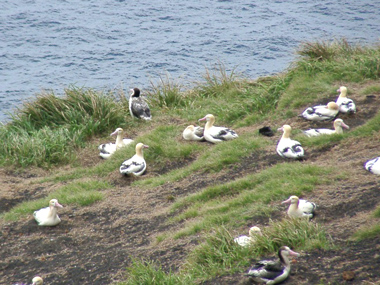
Our lab is located in the building of the Genome Dynamics Research Center. Our staff members belong to the Faculty of Science; the graduate students of our lab study in the Department of Natural History Sciences, Graduate School of Science; and the undergraduate students study in the Department of Biology, School of Science.
The research object of our lab is to analyze the molecular phylogeny and population genetics of mammals and birds and to elucidate the mechanisms of establishment of the endemic fauna as well as the zoogeographical history of the Japanese islands. It is also important to investigate the zoogeographical value of demarcations around Japan, such as the Tsugaru strait (Blakiston’s line). For this research, we analyze nucleotide sequences in the genes and genotypes of gene loci and examine the molecular phylogenetics and population genetics of species and populations. In addition to modern DNA analysis, we develop ancient DNA protocols to study distinct animals and archaeological specimens and clarify the temporal and spatial changes of biodiversity. The results provide biological data for evaluation under the perspective of biodiversity status, and a contribution to the conservation of endangered species.
In addition, we develop the methodology of genetic analysis on non-invasive samples such as feces from field. We think that on-going studies in our lab to clarify distribution and behavioral patterns of species and individuals using the non-invasive techniques are included in zoogeographical research. Our zoogeographical study should also contribute to resolution of problems currently produced by invasive species.
Faculties

Masuda Ryuichi / 増田 隆一

- The themes of our laboratory are the molecular phylogenetics and population genetics of mammals and birds. The study of geographic variation and species endemism in the Japanese archipelago provides a good means of understanding the process of differentiation among animal populations, and ultimately of understanding speciation. Our group analyzes variation in neutral and functional genes to study phylogeographic patterns at scales ranging from local (species and populations in Japan) to continental and global. Additionally, we analyze ancient DNA to clarify the geographical histories of populations and the dynamics of these populations through time.

